Basic genetics applied to marijuana strains
List of contents
To be able to create stable and top-quality marijuana strains, our breeding team always takes into account several basic plant genetic concepts that help us stabilizing the desired traits from our parents to their offspring. Mendel's Laws (Gregor Mendel 1885-86) were the foundations upon which plant genetics were based, explaining the inherintance of different traits among individuals of the same species. Thanks to these Laws, nowadays we can create autoflowering, purple or high-CBD strains, besides the large number of possibilities that arise if they are correctly understood. First, we all should know what is a landrace and what is an IBL (Inbred Line).
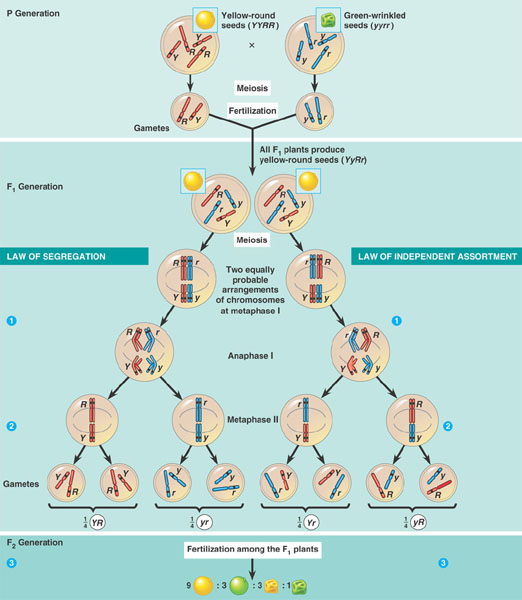
Landrace marijuana strain from Philosopher Seeds
A landrace or purebred is the endemic cannabis strain of a specific area. Generally - as long as they are kept pure - these plants will be very homogeneous, so they will have almost the same growing and flowering patterns and their organoleptic properties will also be quite similar. Our Early Maroc strain is the perfect example of a landrace or purebred.
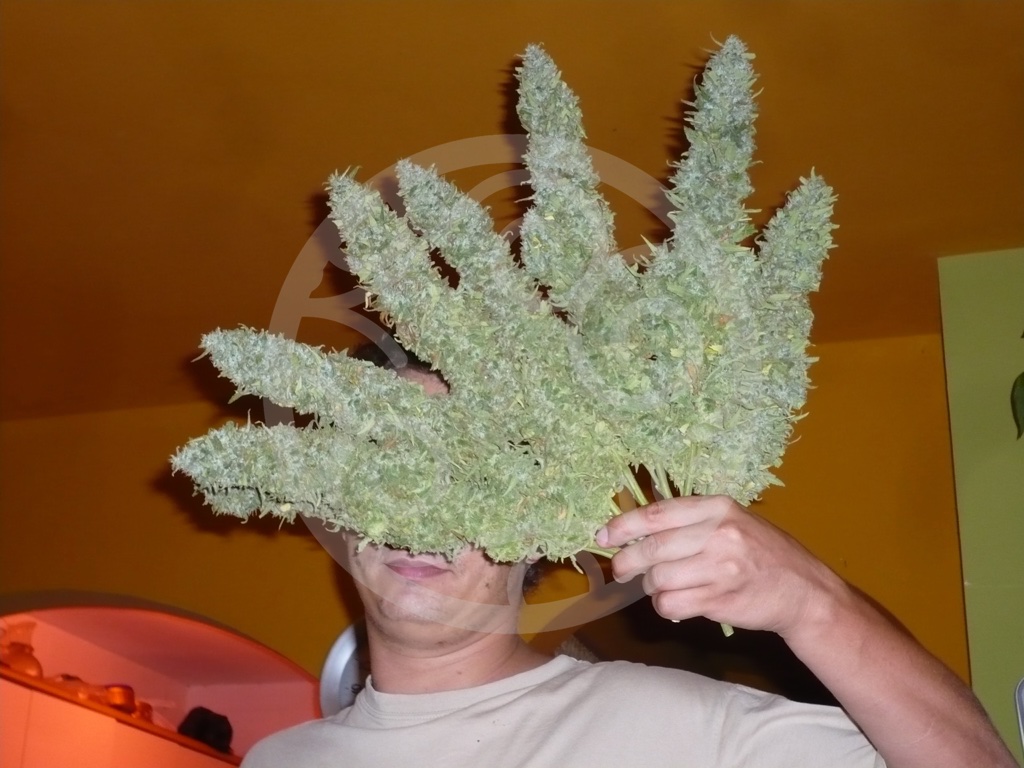
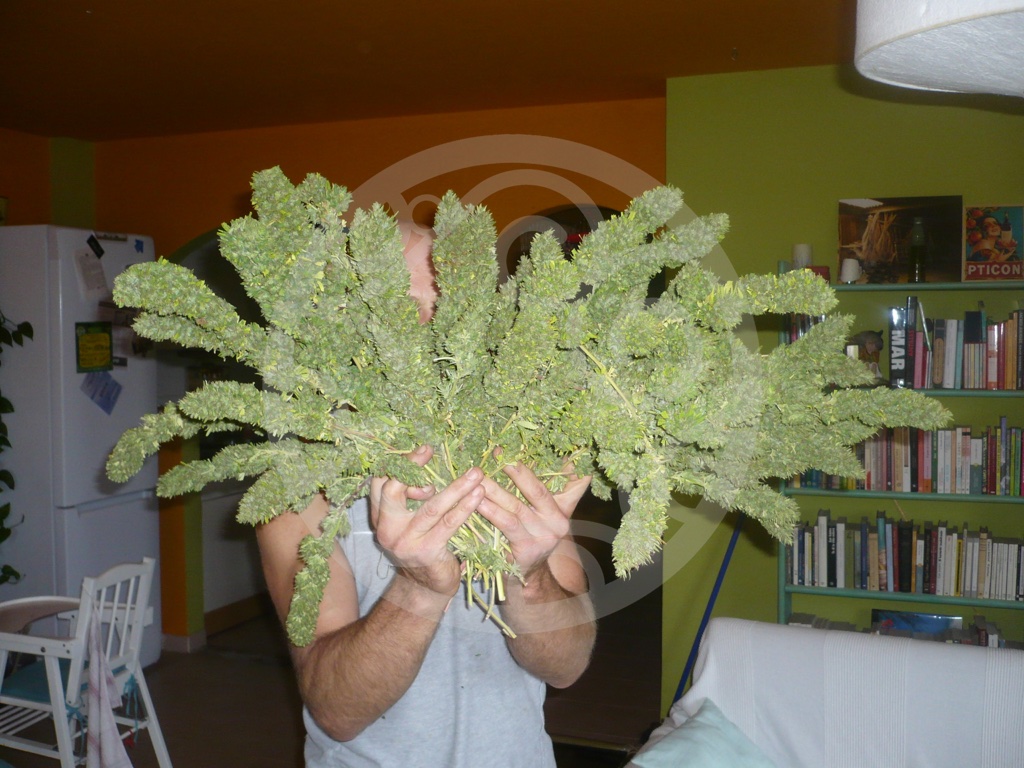
Marijuana hybrids from Philosopher seeds (IBL)
IBL (inbred line) is how stable hybrids are called, hybrids which have been stabilised and show little variations on their phenotypes. Achieving an IBL is hard and requires time and patience; just to mention a few examples, Skunk or Northern Lights are typical IBL lines, as well as other strains which have been highly stabilised during the years, like Blueberry or White Widow.
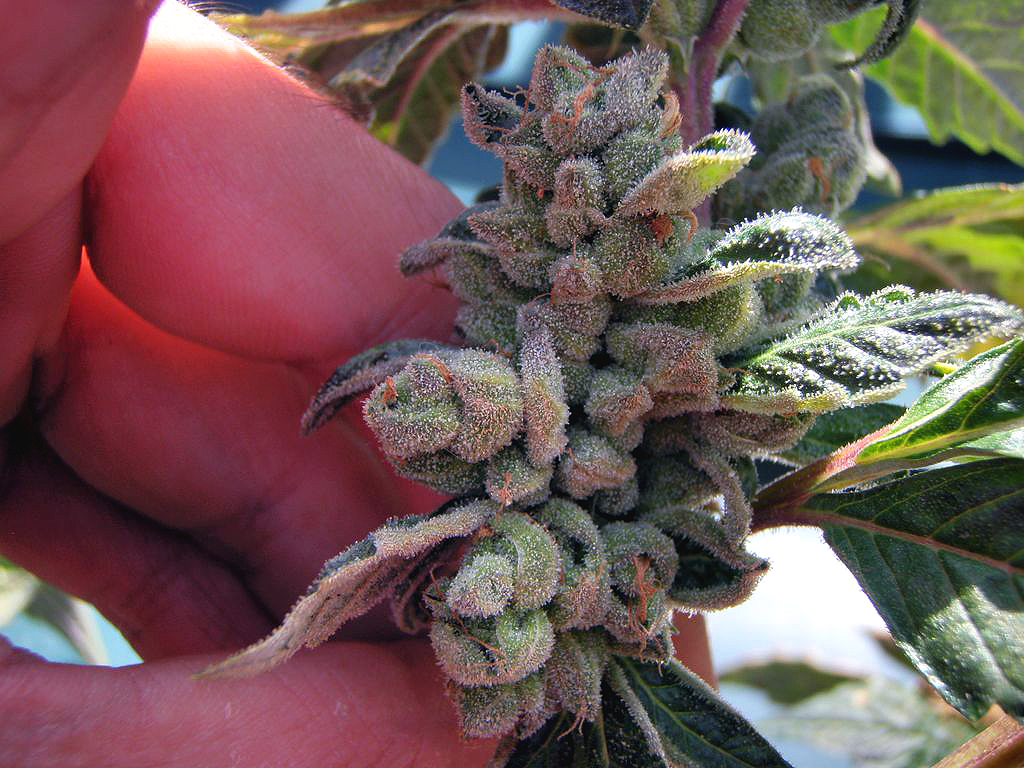
Knowing this, we can continue with the next step: F1's, F2's, etc... F1 is the first filial generation from the cross of two different parentals, whether landraces or IBL's. This first offspring of the cross will show the so-called hybrid vigour, what means that we will have better individuals than their parents, being more vigorous and strong than those from the parental generation, with better flower production and very homogeneous. A F2, then, is the second filial generation, the result of crossing individuals from the first filial generation (F1). Probably, we'll lose the "hybrid vigour" trait in this second generation, as well as the stability of the first one. The F2 offspring will show 50% individuals with similar traits to the father or mother, while the remaining 50% will show intermediate traits. By crossing the F2 generation we get the F3, and so on. All autoflowering strains from Philosopher Seeds, like Cheesy Auto, have been developed with this technique, achieving autoflowering hybrids from the fourth filial generation (F4).

Back-crossing marijuana strains
A BX - or backcross - is the cross between a F1 individual and one of its original parentals. This technique is useful if we want to stabilize particular traits from the parental to its offspring (resistance to pests and diseases, yield, flowering time, etc...). Once we have this first BX1, we can cross it again with the original parental to fix more traits (or to reinforce the fixed ones, getting the second backcross or BX2). Backcrossing is often used to replicate clone-only strains in seed form, so we achieve plants from seed very similar to the clone-only specimen; in this case, we use a male plant called "donor", which often has a trait that the clone-only strain lacks, and cross its offspring with the original mother as many times as needed (cubing).
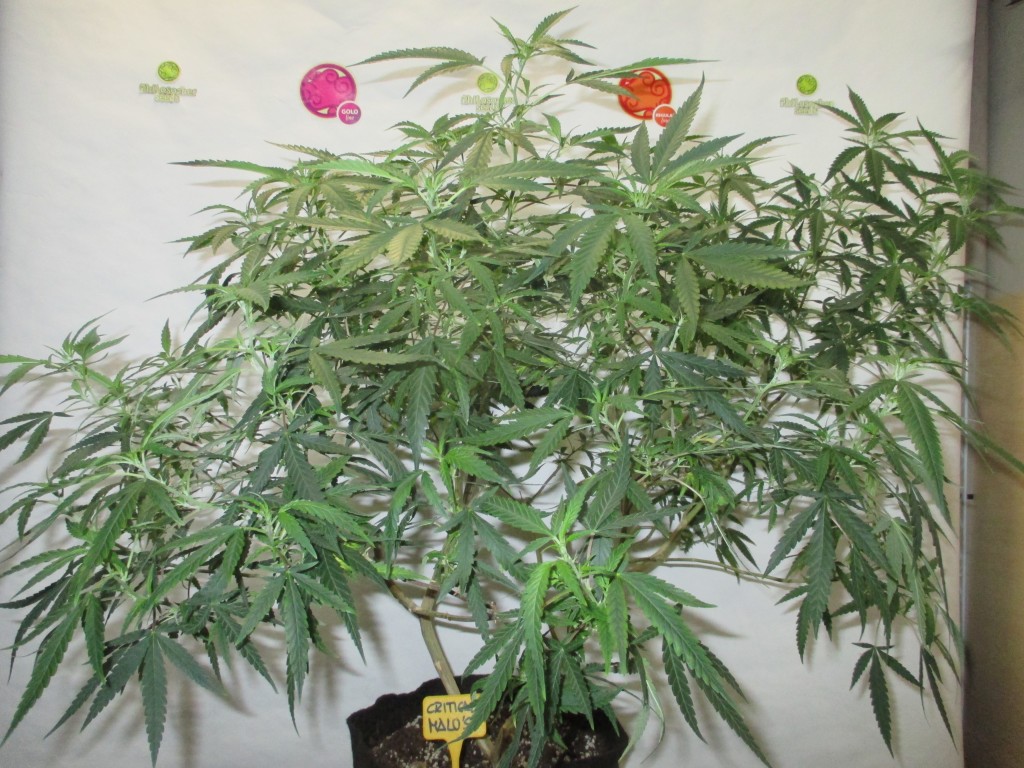
S1 is the result of crossing a female plant with herself by sex reversal, so we use a single phenotype for the whole process and get feminised seeds only. The Tropimango is a perfect example of this type of genetic cross. Like we mentioned before regarding back-crossing and cubing, the S1 is another way to replicate a clone-only female whose parentals are lost, in this case, without using any male plant or "donor".
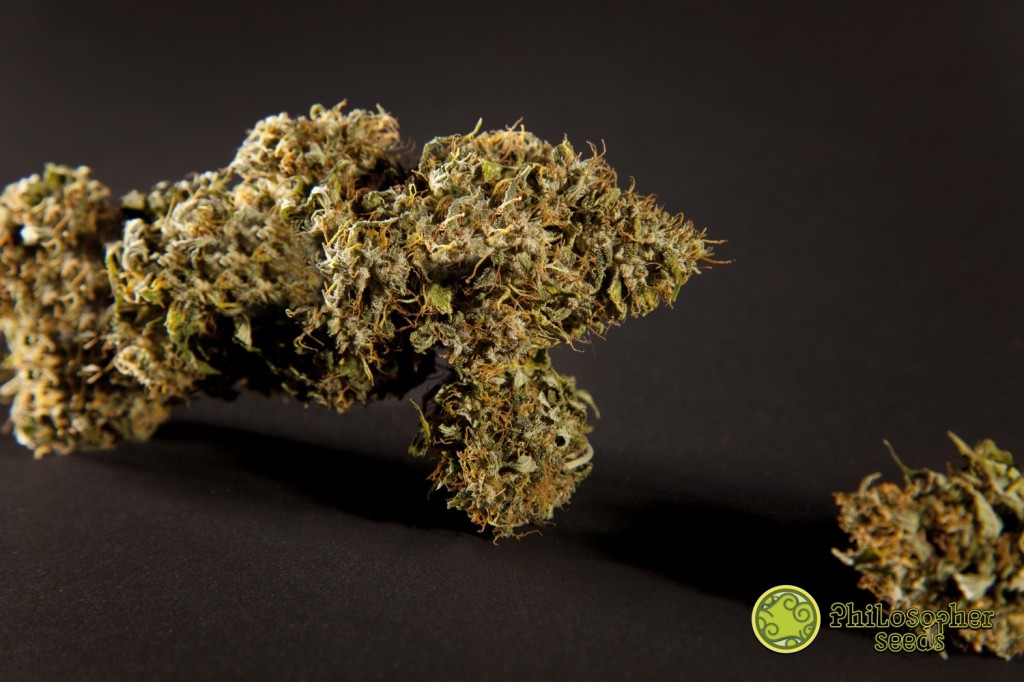
To close the post, we will explain what are poly-hybrids, the most common type of seeds found on the market today.
Marijuana Poly-hybrids
A poly-hybrid is a cross between two non-stabilised different hybrids. Most commercial cannabis varieties offered by seedbanks are poly-hybrids. They are not F1s since their parentals are neither landraces nor stabilised strains. The resulting plants are usually vigorous but rather unstable; through a hard process of selection, we'll find good individuals, but this will depend on how stable are the landrace parentals chosen to create the hybrid, and also on how stable are the hybrid parentals themselves. After many different crosses among our genepool, we have finally achieved a great poly-hybrid with tropical smell and taste, the Jack el Frutero variety .
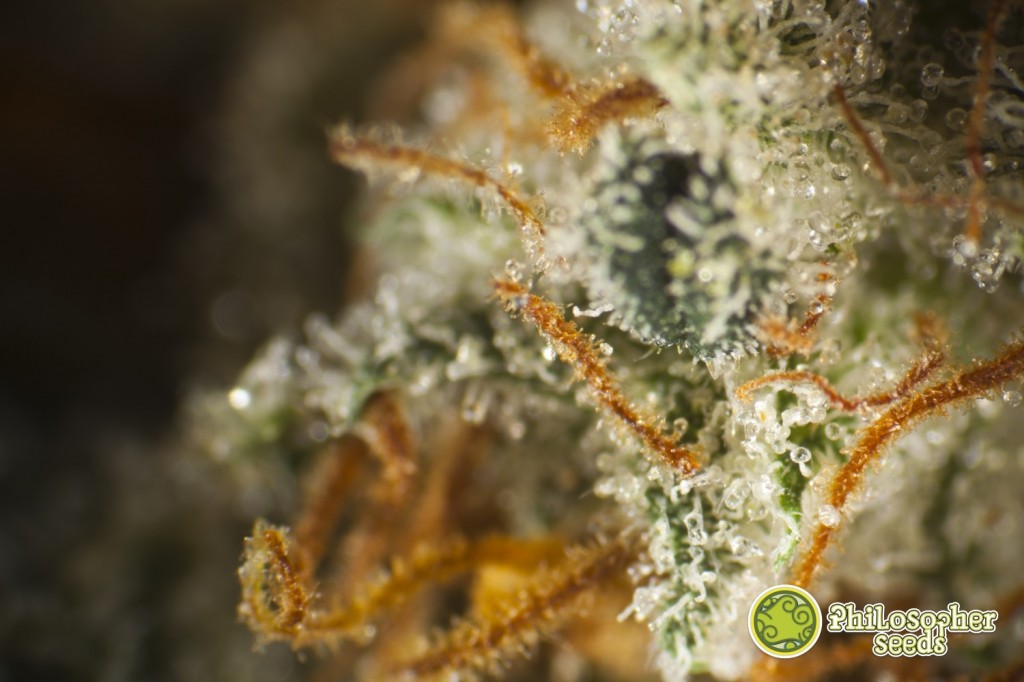
We hope this post has been interesting, see you soon!






